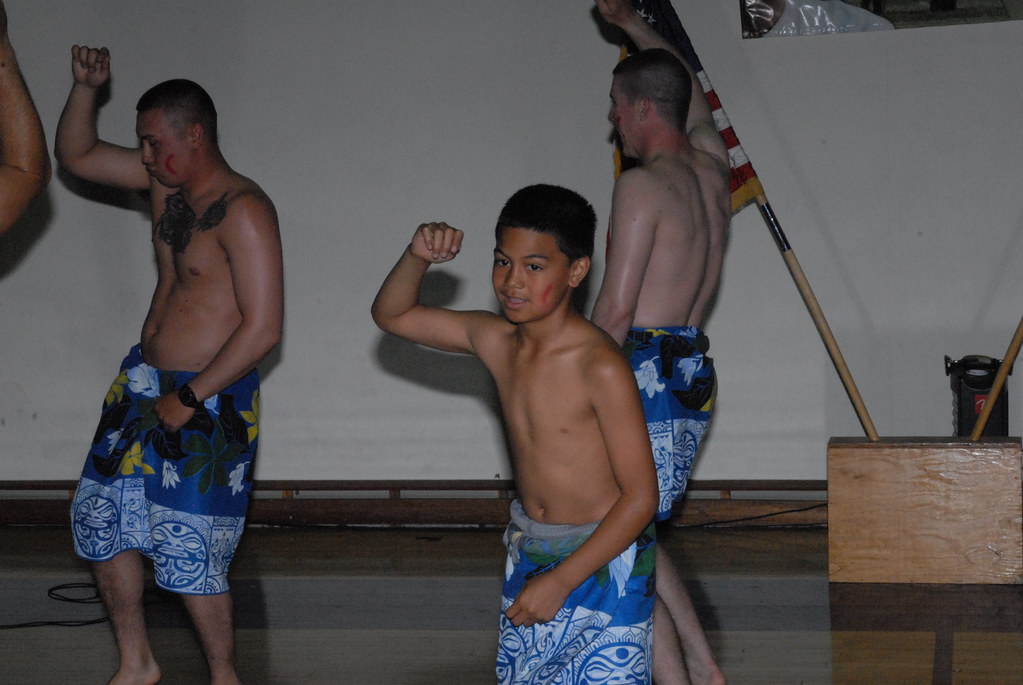Children’s marriages are arranged by relatives according to Core Asiatic customs. They select a suitable boy or girl based on each person’s home history, monetary situation, and social standing. This is known as “adat” in Kazakhstan. The matchmaker ( “gyumzhan” ) looks for a girl with good qualities who belongs to the same tribe, family, and clan. If a child is discovered, the betrothal https://books.google.fr/books?id=Ni1pDwAAQBAJ&pg=PA168&lpg=PA168&dq=about+women&source=bl&ots=uNXp5SeMCb&sig=ACfU3U3u8lbtxvAUee-JXFru0aCs–NQTQ&hl=en is commemorated with’ Yui- no’ ceremonies, which are similar to those used in classic Africa for weddings. Gifts like the Obi ( a sash ) that symbolizes female virtue and the Hakama skirt made of white Sendai silk that represents loyalty are exchanged.
The wedding service itself is known as nikah. It is a theological ceremony that entails the bride and groom agreeing to get married after hearing the mullah’s prayer pretty tajik women read aloud and asking them to do so. Typically, the bride and groom prepare for life up by living apart until the wedding. To strengthen her relationship with her new husband, she receives advice from her female cousins and sings traditional wedding tunes.

Both communities prepare a sizable feast the day before the bridal. The girl’s family associates receive items from the bridegroom because properly. In some places, the bridegroom gives the women a bride as well. Depending on the community, this may involve a sizeable sum of money and different goods.
The bride is led or carried to her in-laws ‘ home on the wedding day. She is led to a curtain (koshogo, which is customarily hung in the center of the room ) and spends several time hiding behind it as her in-laws greet her and present her with presents similar to more white headbands that stand for beauty.